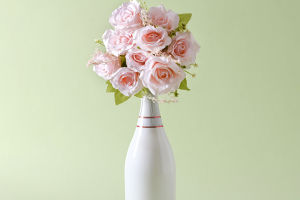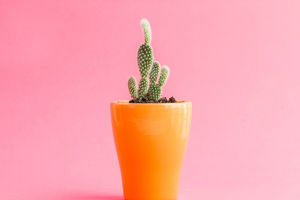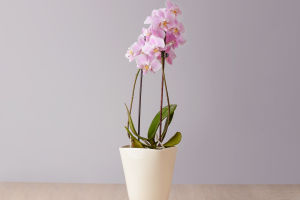Hey, Lykkers! Have you ever heard of Centaurea cyanus, commonly known as the cornflower?
These stunning blue blooms are not only beautiful but also bring a touch of nature into our homes, making them a favorite among flower enthusiasts.
Centaurea cyanus has a long history, often associated with fields and gardens, where its striking color stands out against the greenery. Known for its resilience and charming appearance, this flower is perfect for anyone looking to add a pop of color to their indoor or outdoor space.
Placing Centaurea Cyanus at Home
When deciding where to place Centaurea cyanus in your home, it’s important to consider its sunlight requirements. These flowers thrive in bright, direct sunlight, so positioning them near a south-facing window is ideal. If you're placing them outdoors, choose a location that receives full sun for at least six hours a day.
Centaurea cyanus can be grown in pots or directly in garden beds. If you opt for pots, ensure they have drainage holes to prevent water accumulation. Using a lightweight, well-draining potting mix is recommended, as this will help support healthy root development. When planting in garden beds, space the flowers about 12 inches apart to allow for adequate airflow and growth.
Caring for Centaurea Cyanus
Caring for Centaurea cyanus is relatively simple, making it a great choice for both novice and experienced gardeners. Here are some essential care tips:
Watering: Water the plants regularly, especially during dry spells. However, it's crucial to avoid overwatering, as this can lead to root rot. The soil should be kept moist but not soggy. A good rule of thumb is to water when the top inch of soil feels dry to the touch.
Fertilizing: While Centaurea cyanus is not particularly demanding when it comes to nutrients, applying a balanced, all-purpose fertilizer once a month during the growing season can help promote vibrant blooms. Dilute the fertilizer according to the package instructions to avoid over-fertilization.
Pruning and Deadheading: Regularly remove spent flowers (deadheading) to encourage new blooms and maintain the plant's appearance. Pruning can also help prevent overcrowding and promote better airflow around the plants.
Pest and Disease Management: Keep an eye out for common pests such as aphids and spider mites. If you notice any infestations, treat the plants with insecticidal soap or neem oil. Additionally, ensure proper spacing and airflow to minimize the risk of fungal diseases.
Harvesting and Using Centaurea Cyanus
Centaurea cyanus is not only an ornamental flower; it can also be used in various ways. The petals are edible and can be used to add color to salads or as a garnish for desserts. Their vibrant blue hue can also be dried and used in potpourri or craft projects, adding a rustic charm to your home.
Incorporating Centaurea cyanus into your home can bring both beauty and a touch of nature indoors. With its easy care requirements and vibrant blooms, it's a wonderful addition to any garden or living space. So, Lykkers, have you tried growing cornflowers before? We’d love to hear about your experiences and tips for caring for these stunning flowers!


